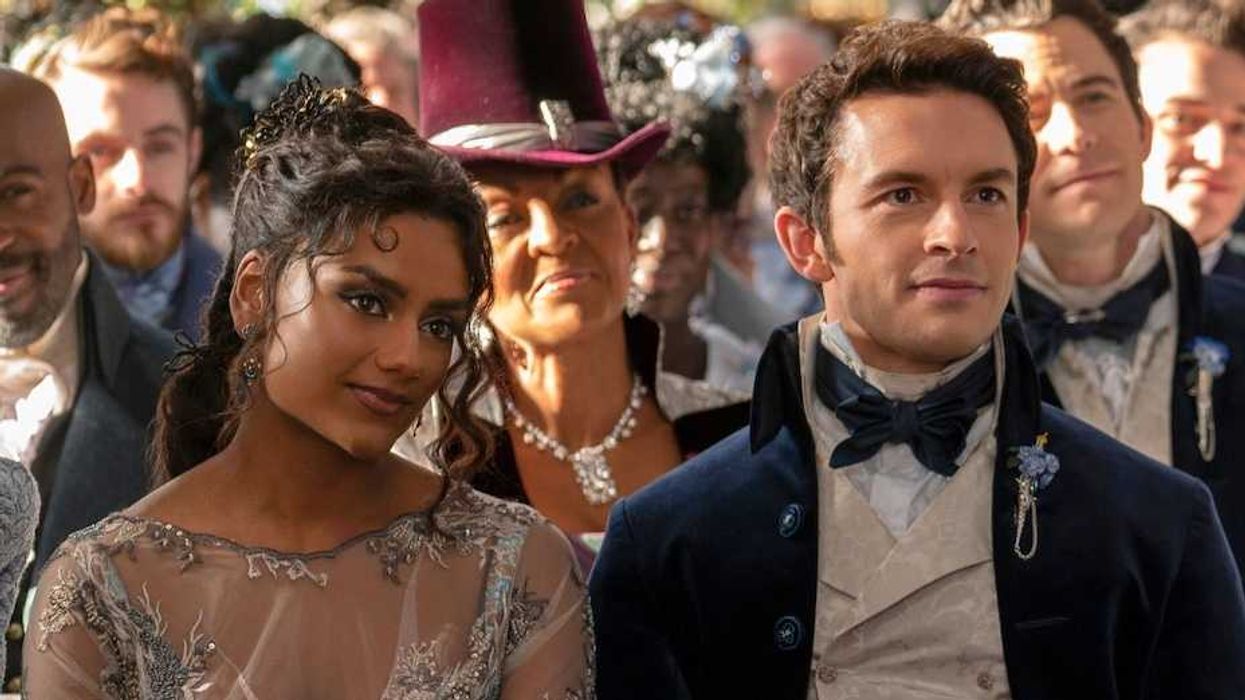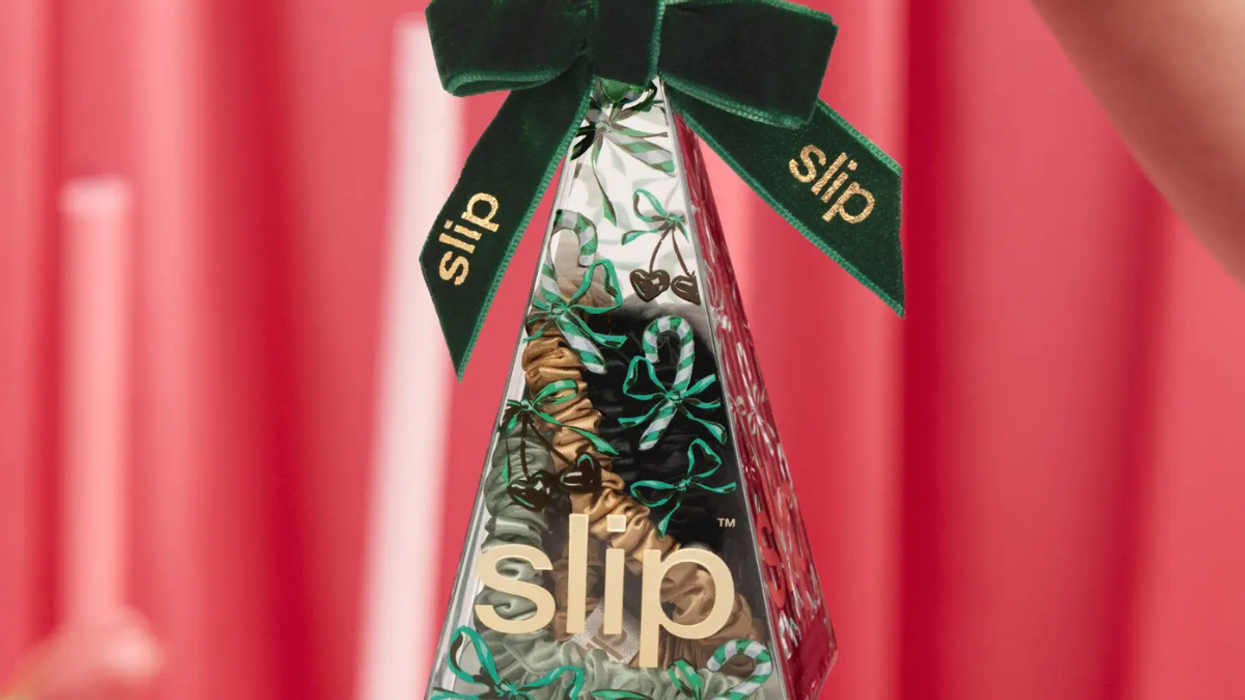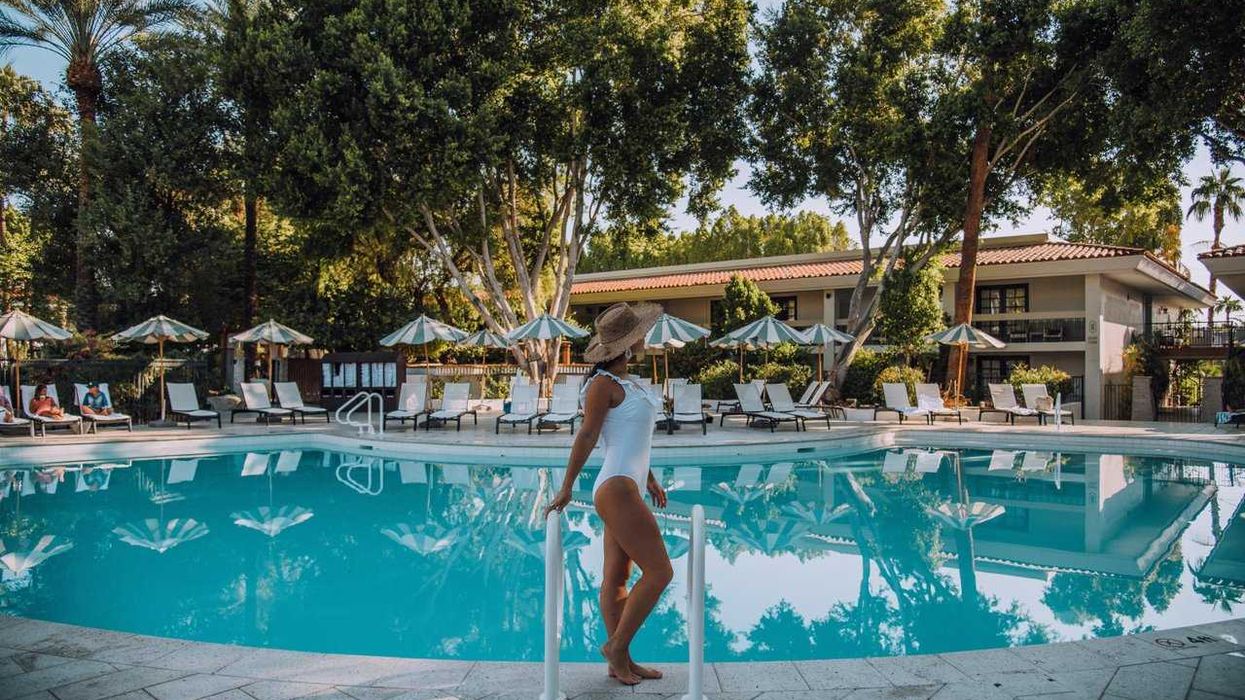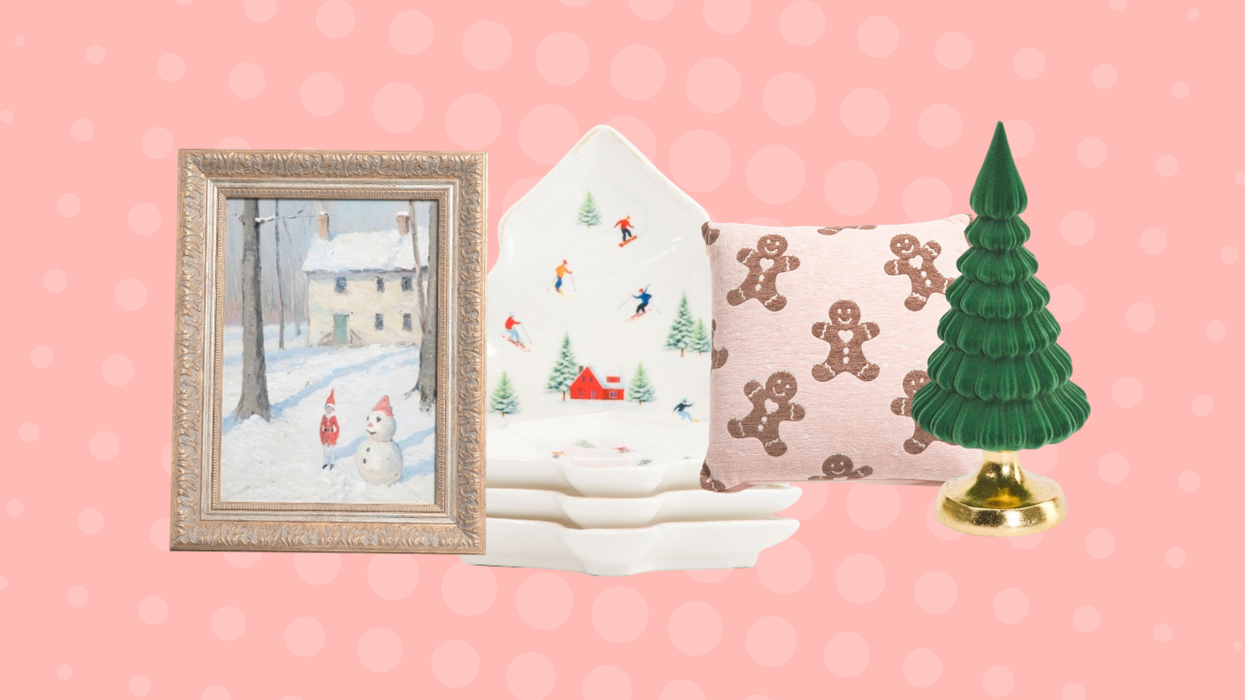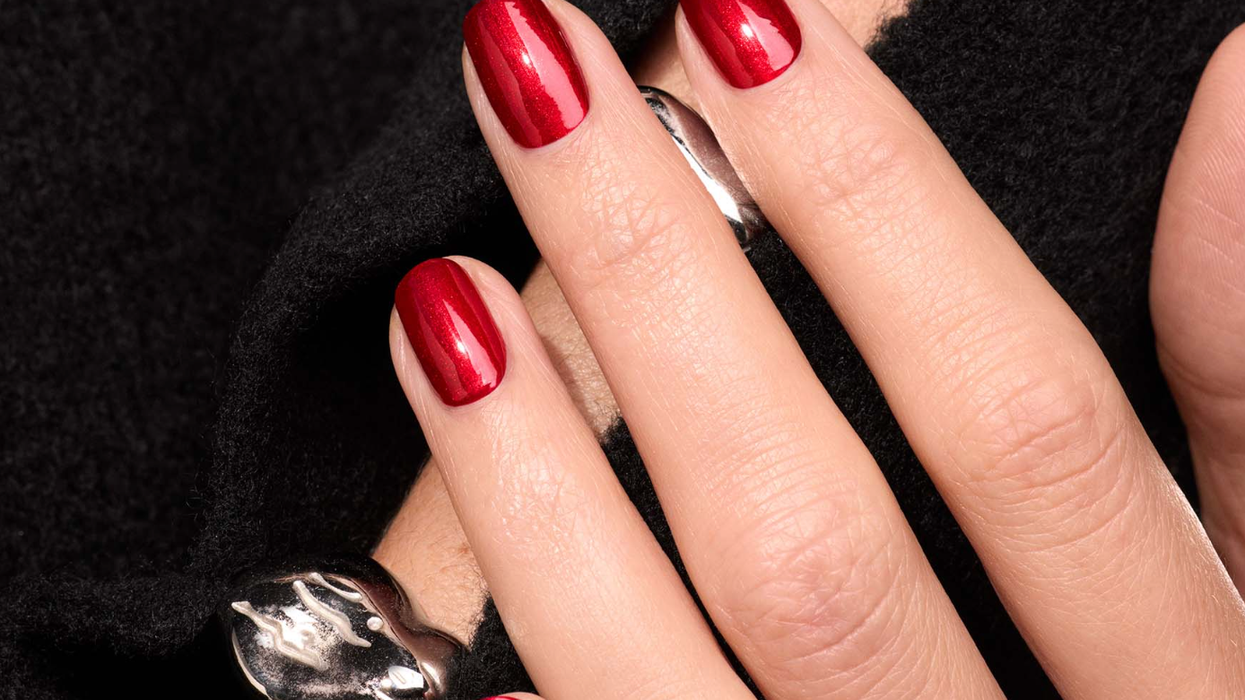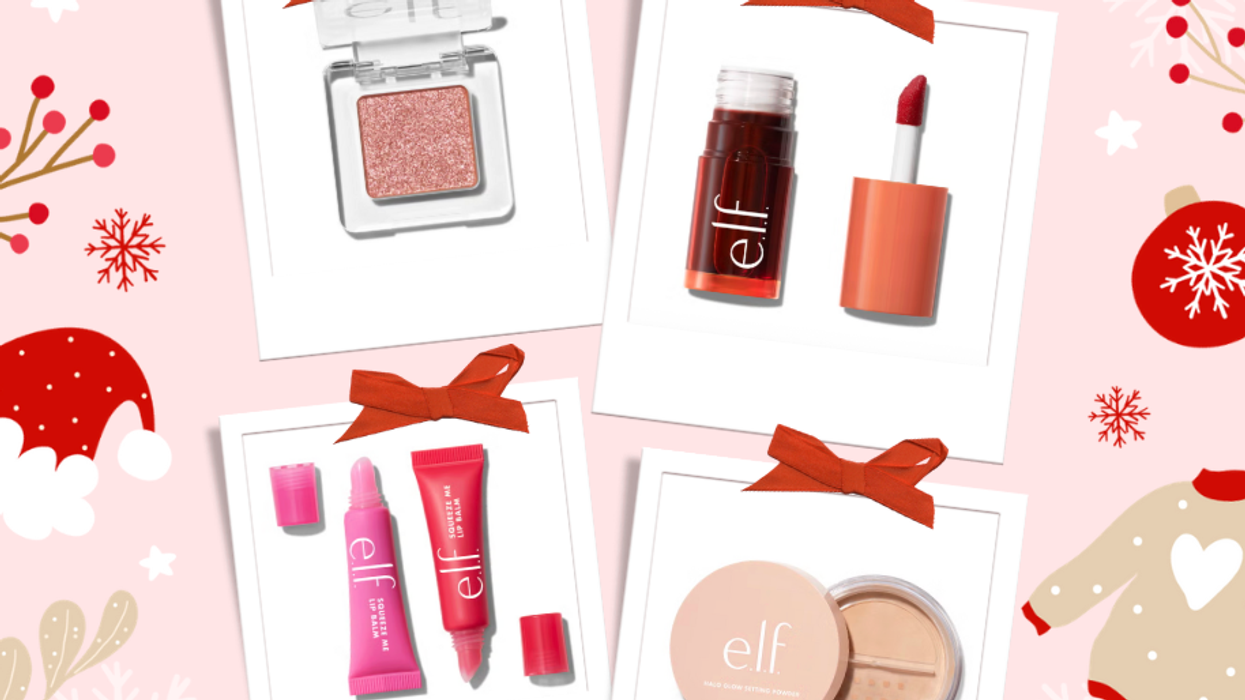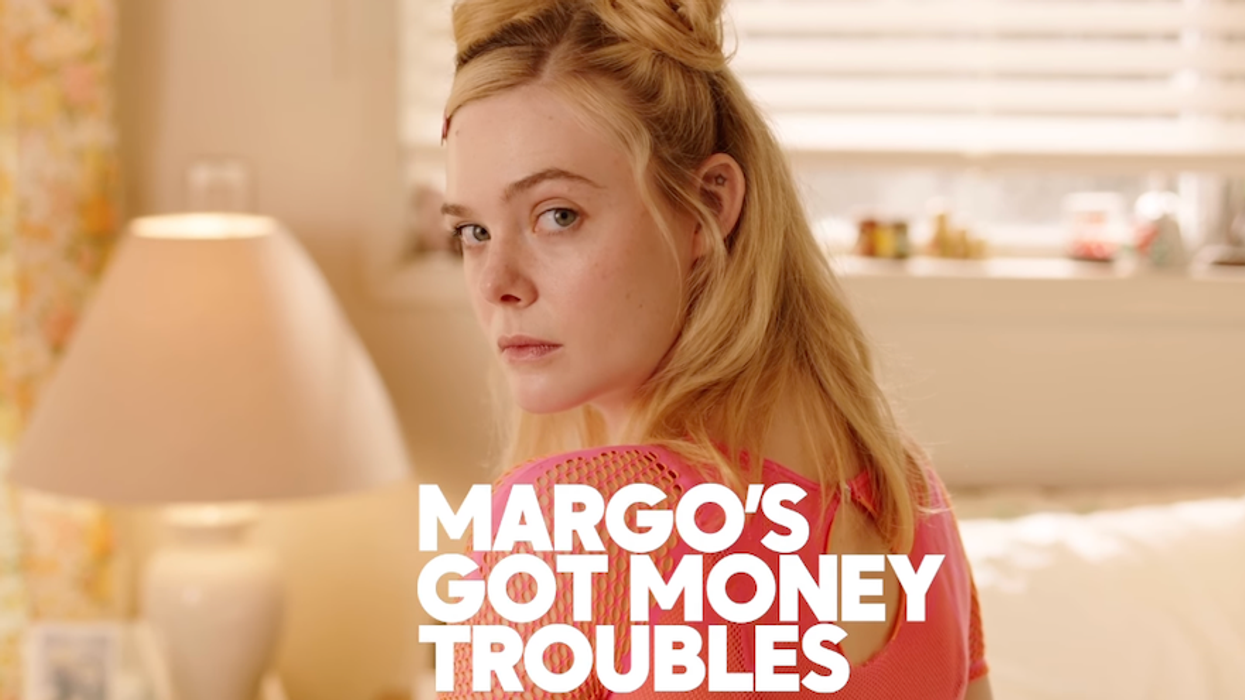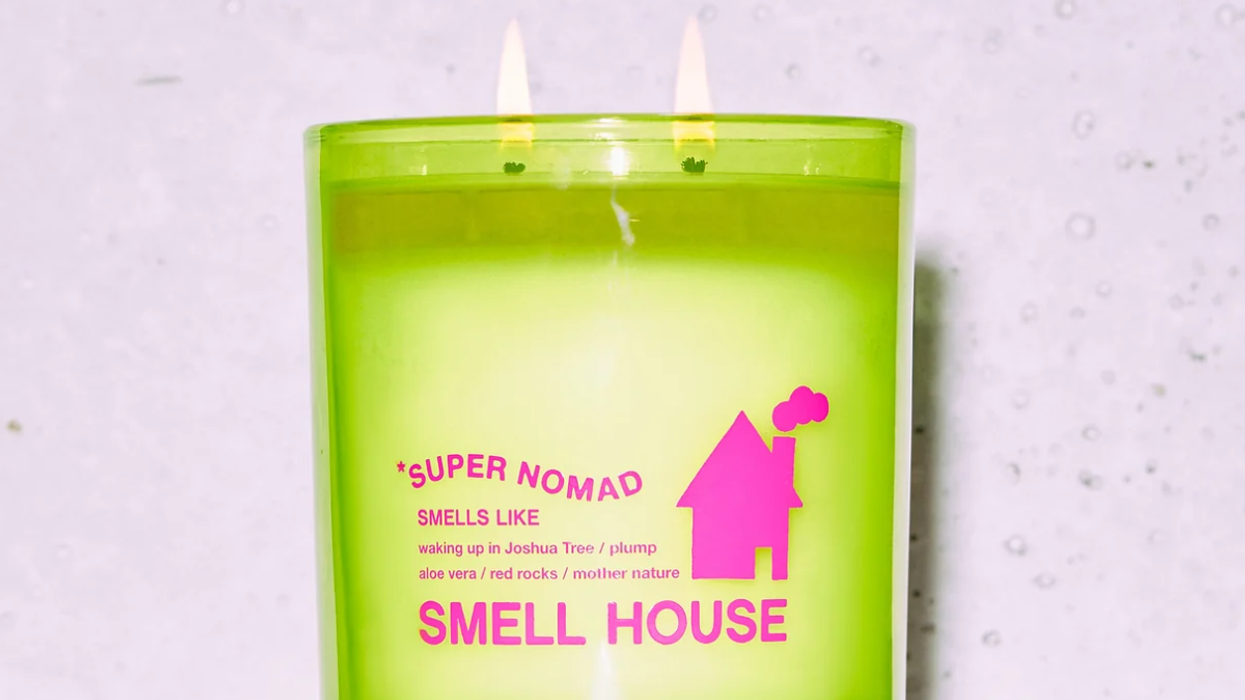Dreamers & Doers entrepreneurs share useful and scrappy ways to acquire customers for your small business.
19 Pro Tips For Attracting New Customers On A Shoestring Budget

The phrase "if you build it, they will come," does not typically work in real-life business situations. Regardless of how revolutionary a product or service is, if customers don't know what is being offered, it won't do much good. Yet, when a business first gets off the ground, it's often on a shoestring budget. Traditional marketing tactics like investing in a PR agency, hiring a sales force, or spending on advertising are likely out of the question.
However, the liberating aspect of the entrepreneurial journey is the freedom to be scrappy and think outside of the box. In fact, succeeding as an entrepreneur is often dependent on how willing a founder is to take consistent action toward their goals regardless of how untraditional their actions may be.
In the early days of their businesses, the following 19 women eliminated excuses and got to work crafting cheap methods to acquire their first customers. Now, on the other side of those early days, they are sharing actionable tips for helping fellow founders get in front of the right people. While bringing customers in won't always be easy, it certainly doesn't have to break the bank.
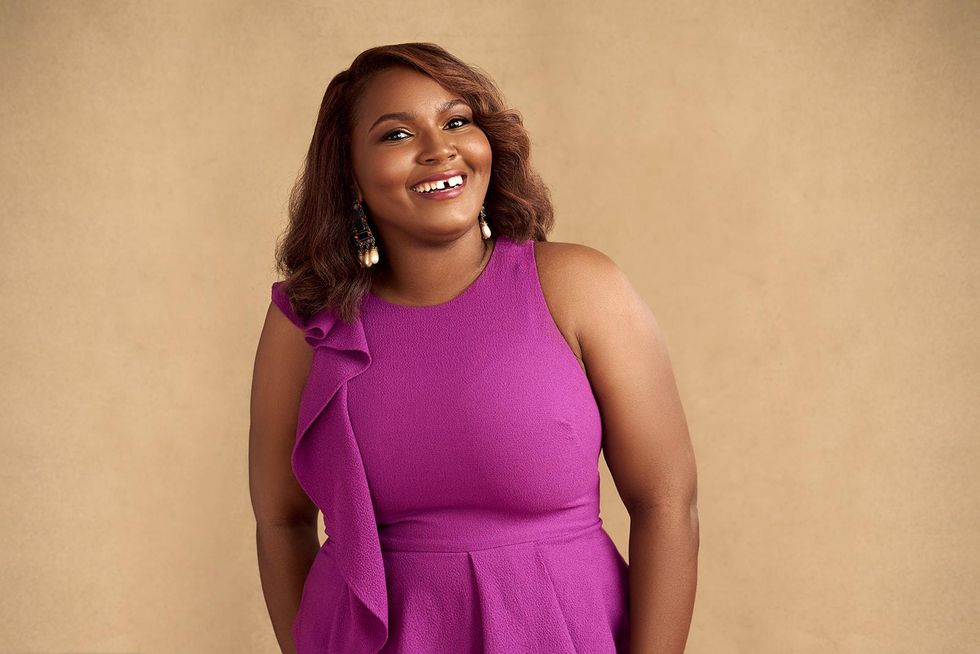
Kimone Napier
Founder and Head of Talent Strategy at Kimone Napier Consulting, which helps business owners hire and retain their team members to achieve scalable growth.
How I Acquired My First Customers: I made a Facebook post that hit the pain points of my ideal client, and five people booked discovery calls with me. That post resulted in three new sales. This method was easy and supported my energy while juggling the transition into entrepreneurship.
My Advice: Know who your ideal client is and make sure your offer speaks to them directly. The key is to put yourself out there in a way that works for you and feels easy to maintain consistently. Entrepreneurship is always a journey. Simplifying the process makes acquiring new customers easier.
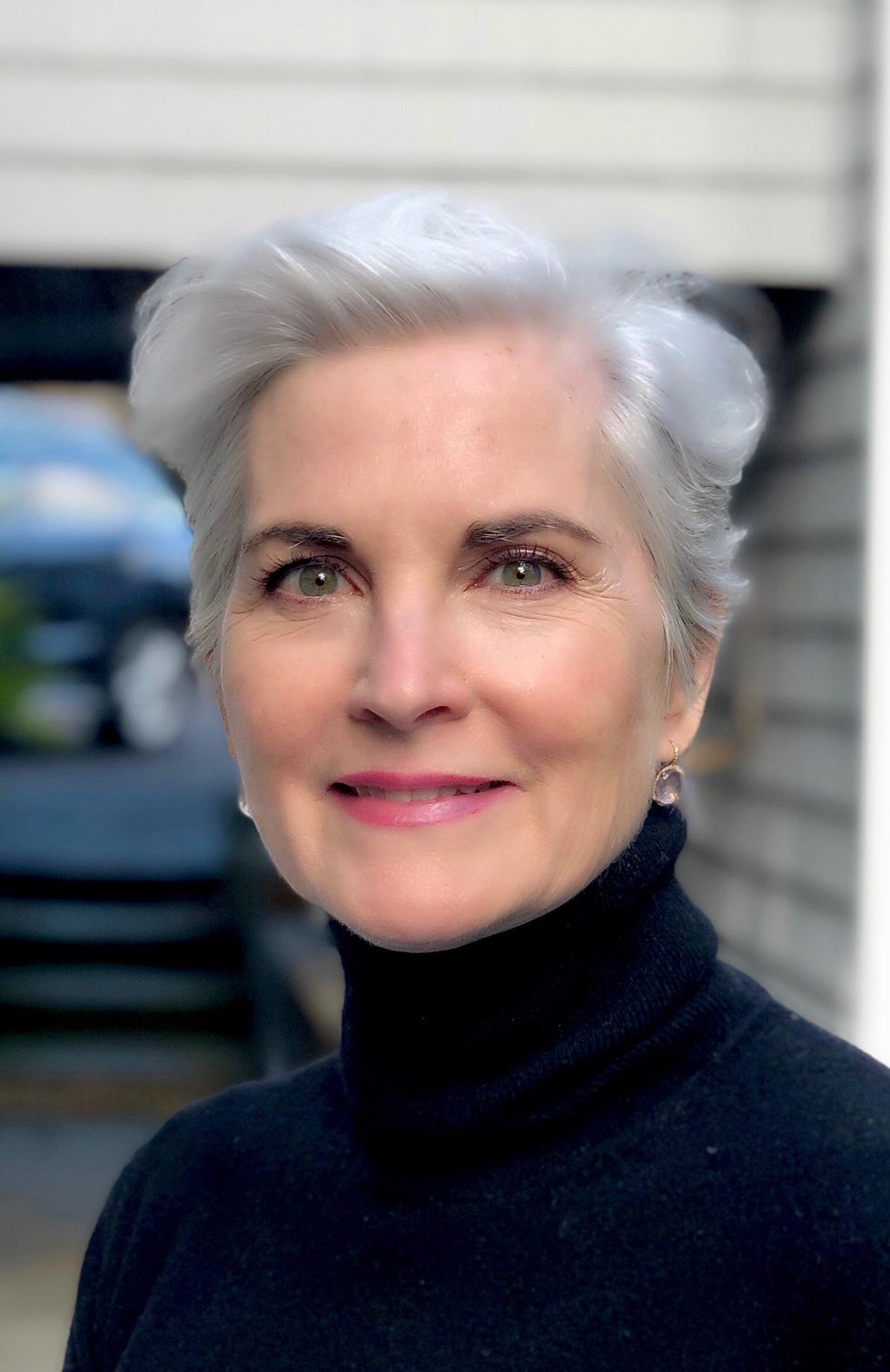
Christina Langdon
Founder of Christina Langdon High Performance Coaching & Consulting, a business that works with C-Suite executives of mission-driven companies to help them lead more powerfully.
How I Acquired My First Customers: I created a 30-day giving challenge. I selected 30 people from my network to receive my services. I reached out saying it was "day seven of the 30-Day Giving Challenge." The worst-case scenario was that they rejected my free services. I coached. We brainstormed. I made connections. It created a ripple of momentum for me. And, I got my first two paying clients from it.
My Advice: Show up in service of others every day.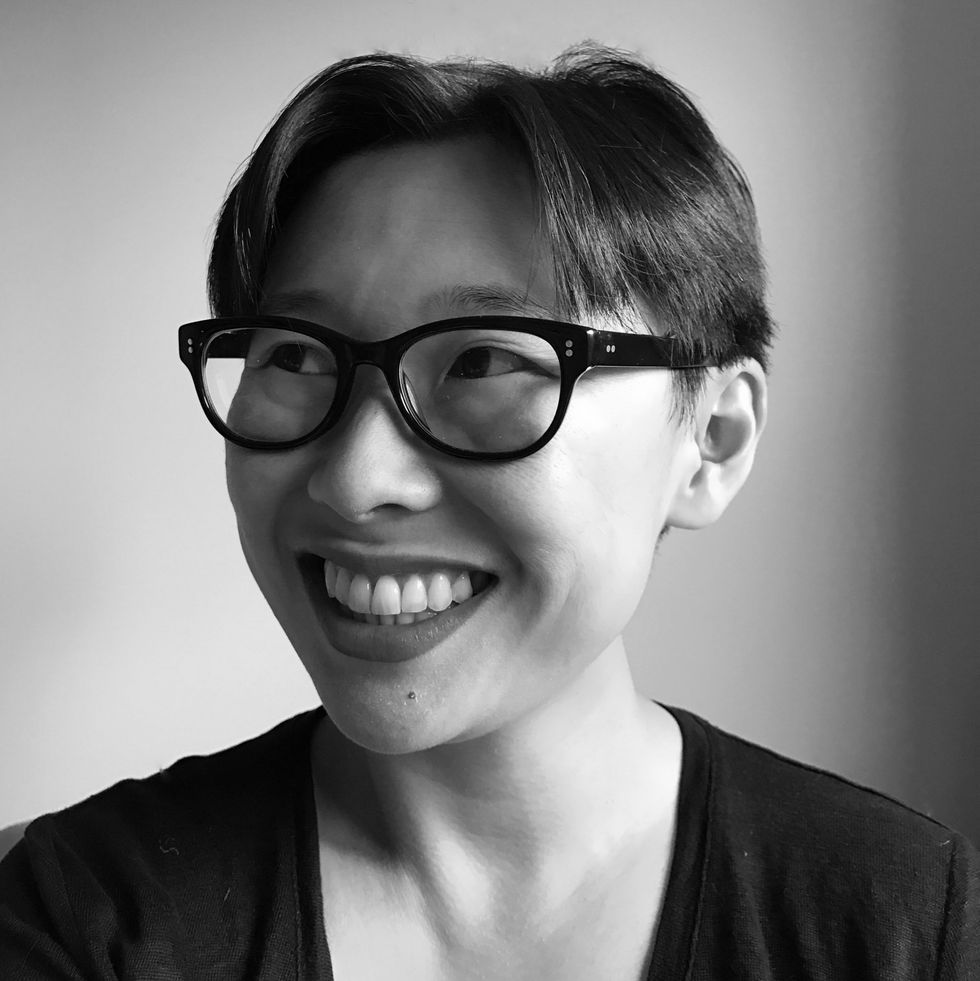
Trisha Okubo
Founder and Creative Director of Maison Miru, jewelry for dreamers, thinkers, and makers.
How I Acquired My First Customers: To launch our Ear Bar, we gave away a pair of our signature Tiny Crystal Studs for the price of shipping. We knew we had to do something different to stand out, and this promotion allowed the quality of our jewelry to tell the story. We've had over 70,000 customers come through this promotion — it's what allowed us to scale up to the next level.
My Advice: The most important thing is a bias toward action. Try a lot of things, double down on the things that work, and stop doing the things that don't. Your competitive advantage at this point is being small and nimble. Be okay with trying things that don't scale — that's often where you find the true gems.
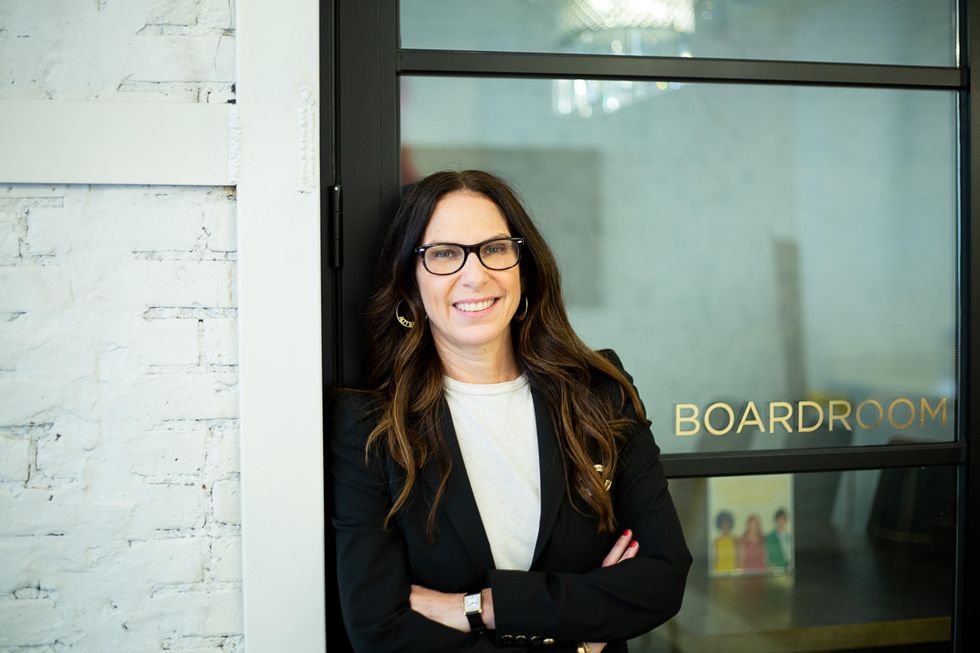
Jennifer Yousem
Founder of I Heart EBITDA, a fractional CFO consultancy that helps business owners listen to the stories their finances are telling them.
How I Acquired My First Customers: I was told that you learn so much from your first few customers, you should almost be paying them. That really stuck with me. So when I started, I offered my services at break even for the first few proposals. I did this because I knew there were going to be hiccups and it's much easier to get customers when you have customers.
My Advice: Be flexible. I'm not suggesting you work for free or compromise on the big stuff, but being more flexible on client types and sizes early on can really help you hone in on your avatar customer. I actually learned more from the wrong clients than I did from ones that went really well.
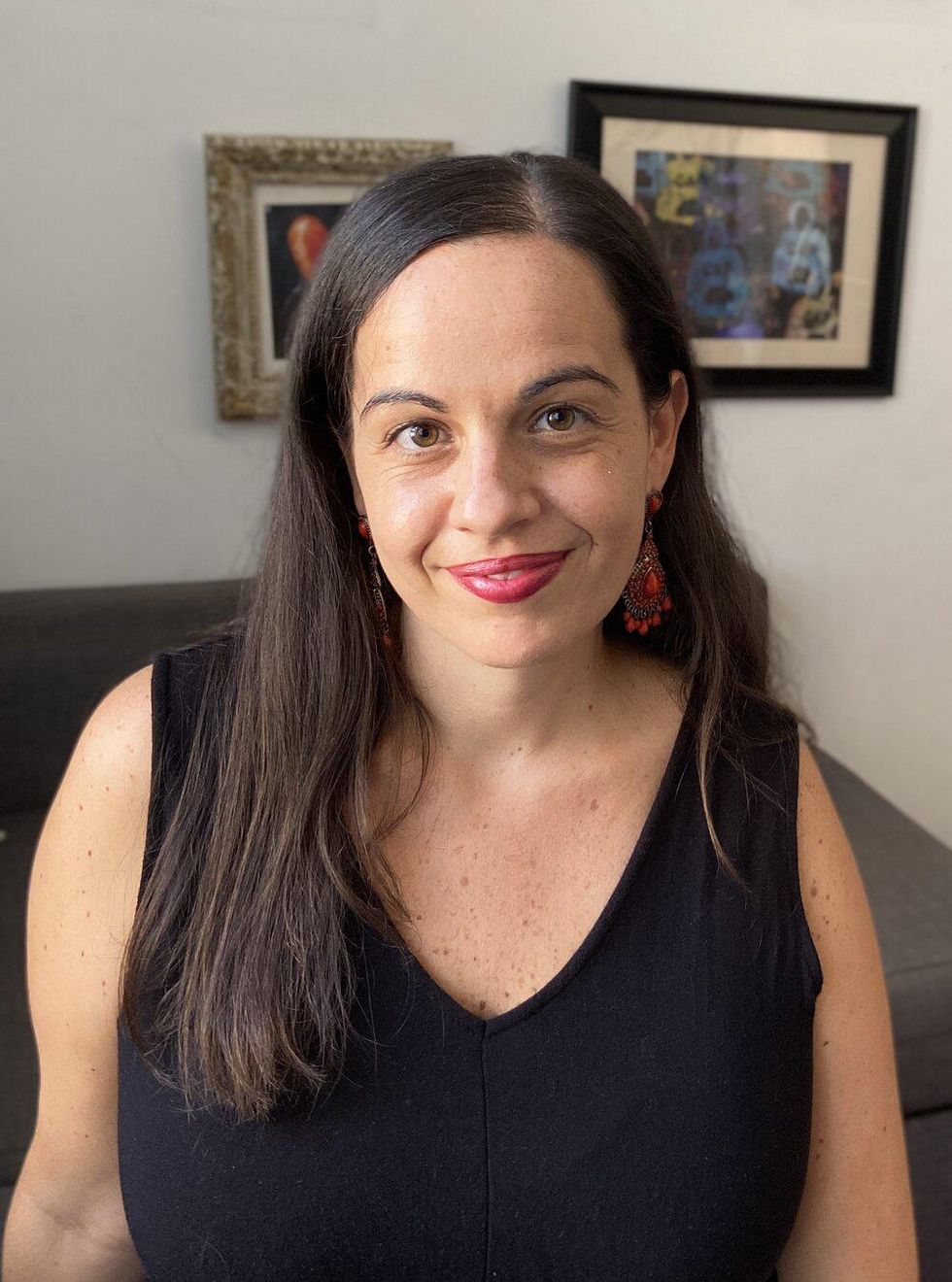
Tatiana Figueiredo
Founder of The Business of Community, a resource for membership sites and course creators to launch online communities that are engines for real connection and belonging.
How I Acquired My First Customers: When the pandemic started, I began to laser focus my consulting work on founders who were bringing their communities online. At the same time, a great new platform for online communities called Circle launched and I loved it. I reached out to the Circle team and asked if they could recommend me to their new users. They agreed and I became a "Circle Expert" on their site and immediately started getting new inquiries.
My Advice: Customers are most likely to buy when they're going through a transition. Identify a key transition point for your customer. Then reach out to a partner that complements that transition.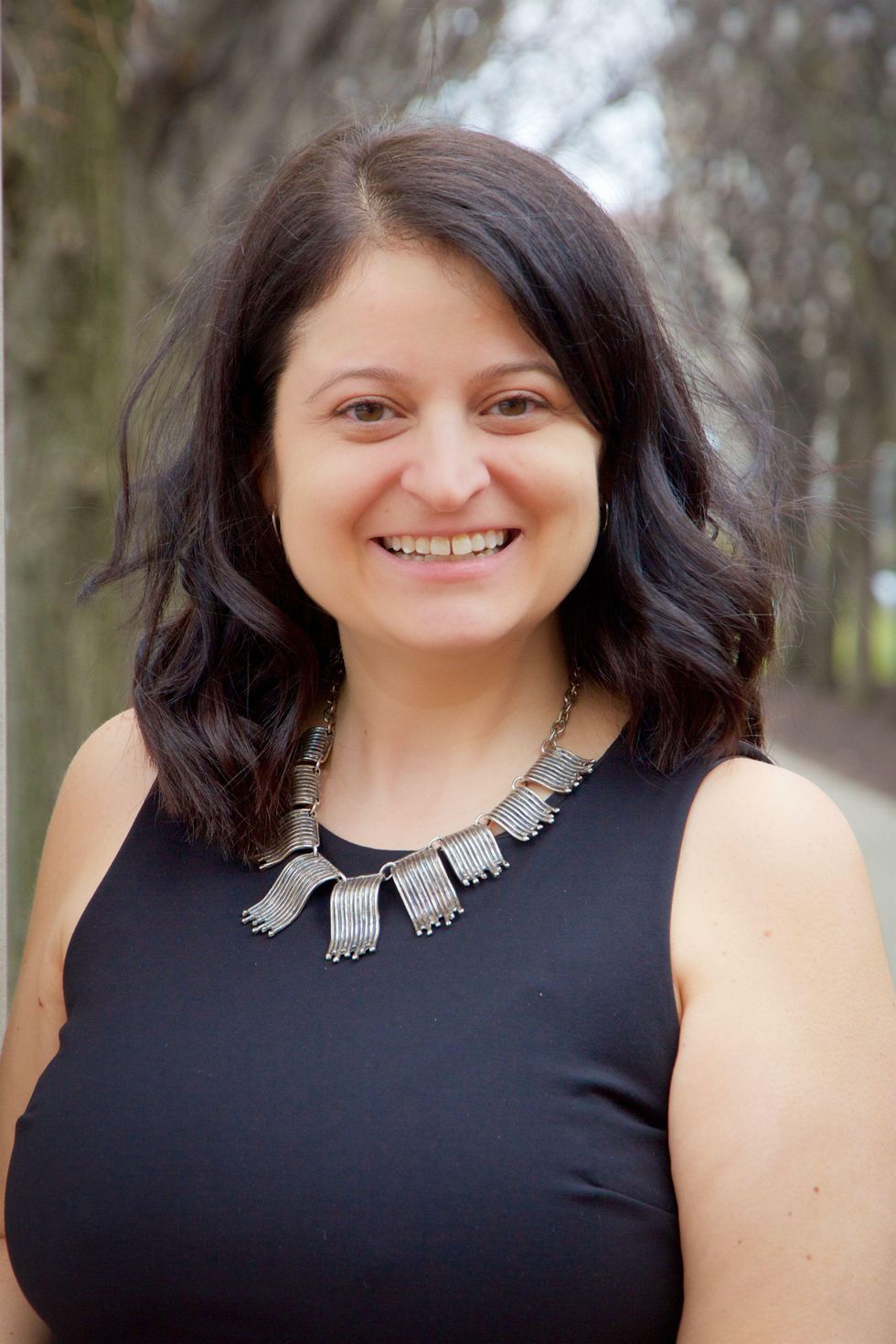
Lori Sussle Bonanni
Founder and Communications Consultant of elssus, LLC, a multi-disciplined communications consulting firm.
How I Acquired My First Customers: When I first started, I read as much as I could — business sections of major publications, industry publications, and the like. And when I found something really interesting — a new technology/service/product, a founder story, whatever — I looked up their contact information and cold emailed. Because I was reaching out with commentary through something I read, I got a lot of replies from people who ultimately turned into my first customers.
My Advice: Read about industries that interest you and those that don't. Create a list of prospects who excite you and reach out. Keep reading, add more to the list and reach out some more. Repeat.
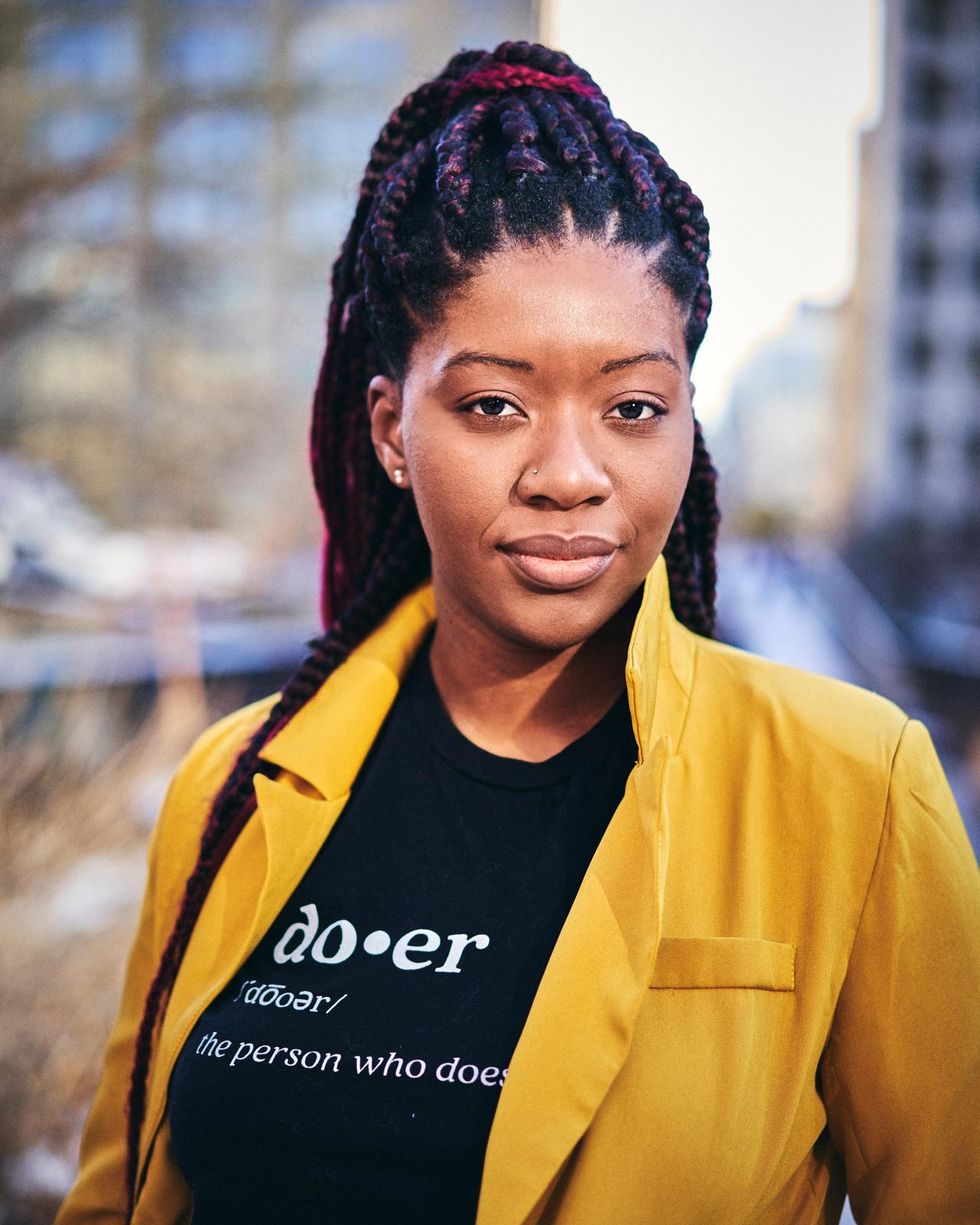
Georgie-Ann Getton
Founder and CEO of GSD Solutions, a branding and consulting agency that develops inclusive, innovative, and experience-driven solutions to increase customer engagement and sales.
How I Acquired My First Customers: A surprisingly useful method I used to acquire my first few customers was tapping into my network and asking for feedback. When you conduct market research and reach out to people, you never know who may be interested in the final product.
My Advice: Pull out all the cards, ask everyone you know, brag about what you are doing, and talk about it to everyone you meet. You won't get new customers by not sharing what you are doing. Be genuine and honest, and things will fall into place.
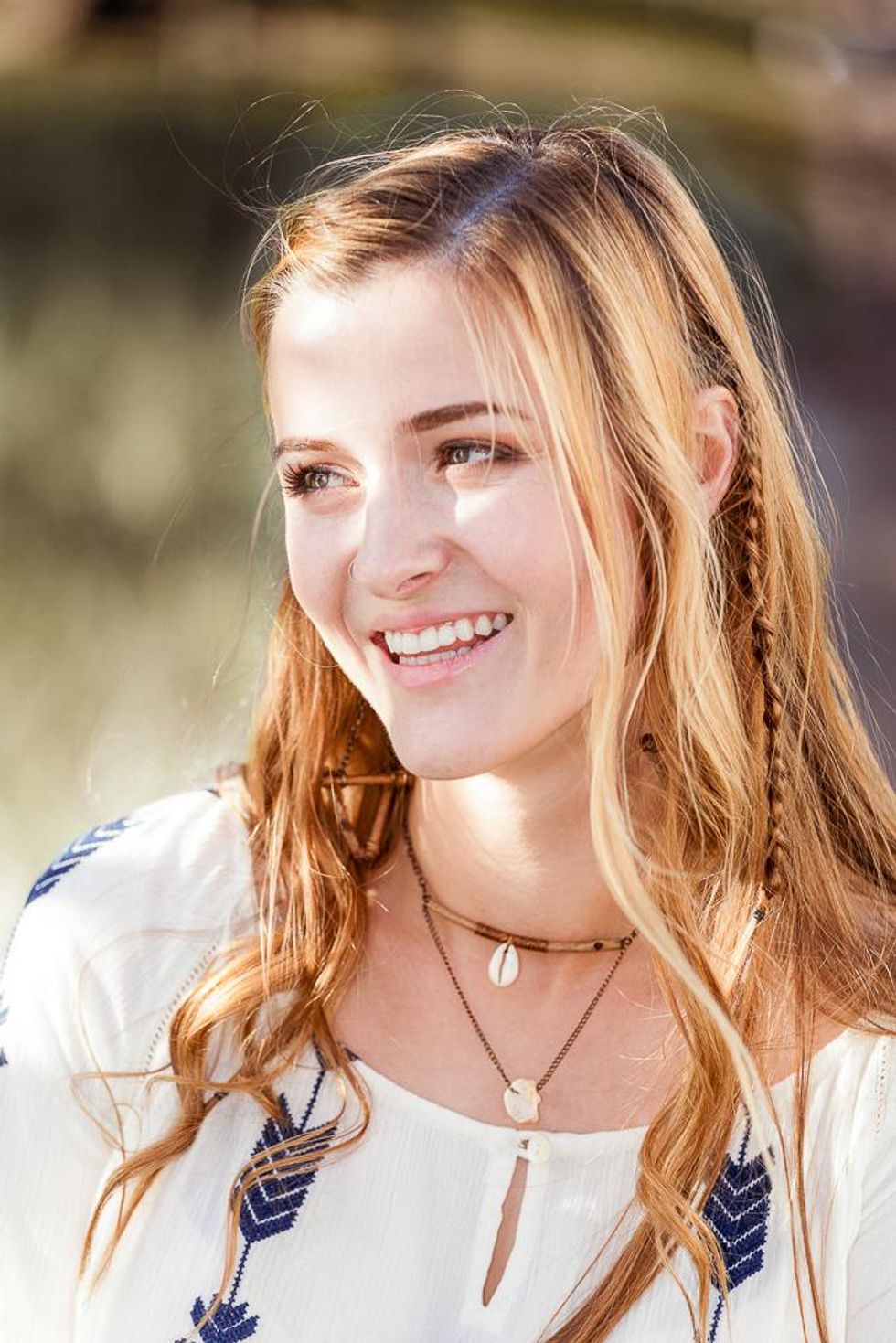
Kelsey Specter
Owner of Wild Side Design Co., a full-service creative studio for conscious brands.
How I Acquired My First Customers: We got our very first paying clients through Pinterest, back before anyone was really taking it seriously for business purposes. In 2015, Pinterest launched their beta ads program, and the cost per click was incredibly cheap — I remember for several months it was around $0.02. It worked really well for us because there weren't a lot of people using it or who knew how to use it well, so we gained momentum to a point where all our leads were coming from Pinterest (both organically and from paid marketing).
My Advice: Look for unconventional platforms and methods that might not be seen as "business-oriented." Many social platforms start out being user-focused and open up their advertising later on. If you can get in on the ground floor before the platform starts monetizing, you'll have a huge advantage. It's about finding the apps, tools, platforms, or places that your target audience uses, and discovering a way to connect with them where they already spend their time.

Far Momin
Founder of She Plants Love, an organic plant-based skincare rooted in self-love and inclusive beauty.
How I Acquired My First Customers: A surprisingly inexpensive way to acquire customers for us is through Instagram direct messages. We love getting to know our community and connecting personally on DMs as often as possible. We listen and connect first, and then we offer free samples and other incentives directly through the DM to help make the conversion.
My Advice: Build a community around your brand. That should be a big focus. Figure out which social platform your customers mostly live in and grow a following there. Also, freebies on your website like a quiz or weekly self-care journal prompt sheet will encourage future customers to opt into your email. Offering more than you are asking for is always going to help acquire your first few customers.
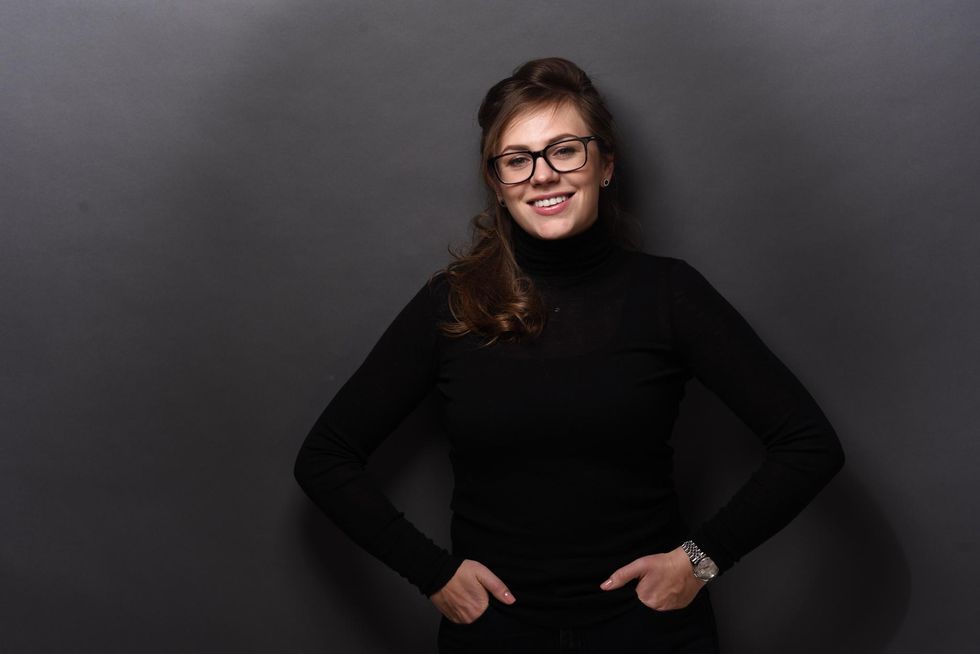
Daria Leshchenko
CEO and Partner of SupportYourApp, a customer support provider with a focus on the tech industry.
How I Acquired My First Customers: The good old Product Hunt. Even though we were not an app, and our product is our services, we decided to launch there just to increase awareness among the tech community. We earned our first clients and kept receiving leads from the platform for two additional years.
My Advice: Challenge the old ways of customer acquisition. Product Hunt is a platform traditionally for apps, programs, and extensions. I believe we were one of very few services to ever launch there because nobody ever considered doing it. But we didn't want to stick to old ways and took a chance by trying something new. It worked.
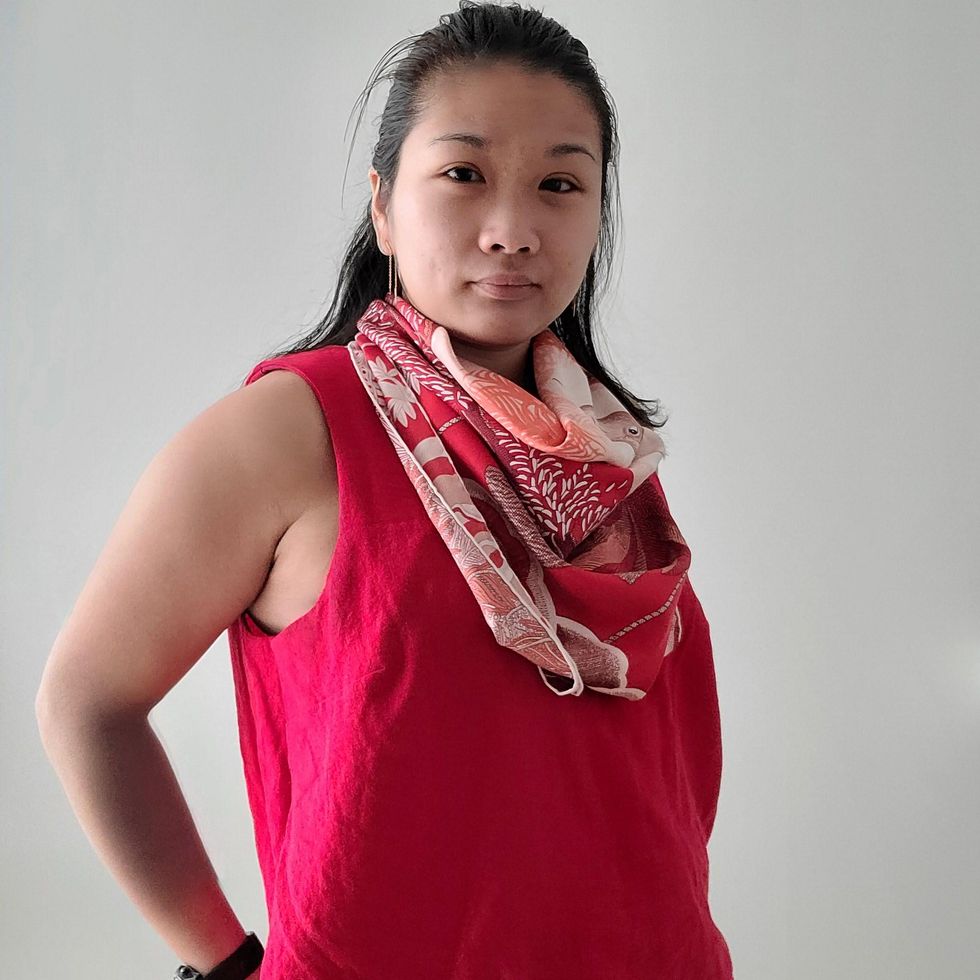
Ada Chen
Founder and CEO of Chuan Skincare, an affordable, hand-crafted skincare line made from all natural ingredients.
How I Acquired My First Customers: The surprisingly low-cost way I acquired my first customers was through doing product testing. I reached out to a dozen friends and asked them if they would be interested in being my beta testers. In exchange, they provided me with feedback and helped amplify my launch to bring in my first few orders. This method worked well because it allowed me to get low-cost testimonials, customer feedback, and research.
My Advice: Test and talk to your customers and don't be afraid to iterate.

Randi Bushell
Founder and CEO of Merri, an all-in-one platform to design, plan, and book events — from the venue to the menu — all in an interactive 3D model.
How I Acquired My First Customers: When we were launching our beta, we needed to find an efficient way to acquire consumers planning events in the New York City market. We leveraged a B2B2C model where the venues we partnered with invited their clients to join Merri. One venue does an average of 100 events a year, so we immediately had access to their full book of business (1,000 potential Merri users), instead of working to acquire each consumer individually. This method worked for us because our incentives were aligned with the venues. We built a platform that would save them time and offer an elevated service to their clients.
My Advice: Don't assume you need to acquire your first few customers the same way you'd acquire a customer at scale. Just think about a fast and capital-efficient way to get your product in front of your target audience. It might be super manual to begin with, but that's just part of the journey!
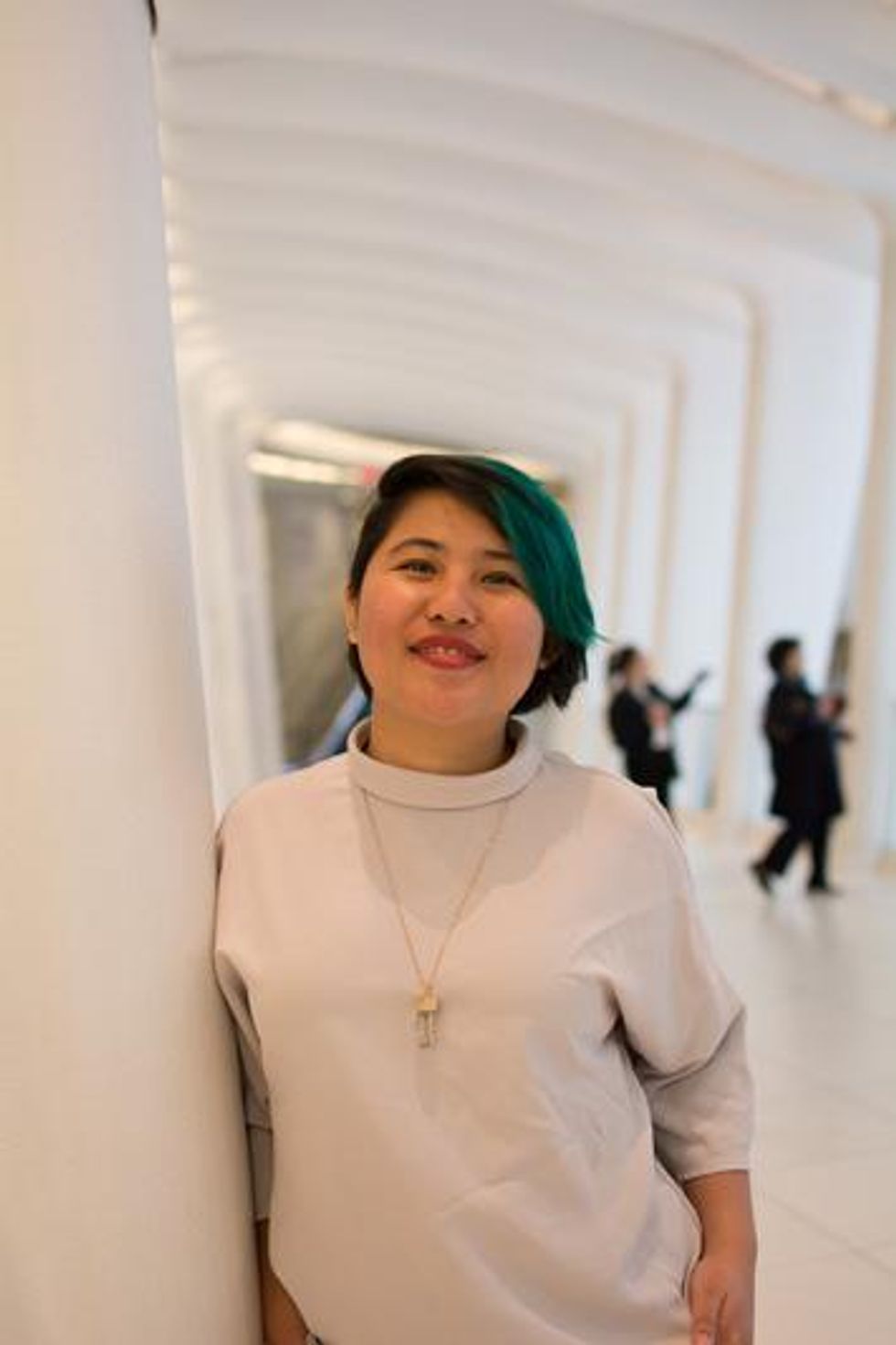
Shabrina Koeswologito
Founder of Slow Travel Story, a travel company that provides tourism consulting services and platforms for travelers to share their stories.
How I Acquired my First Customers: The most valuable and cheapest way I've acquired customers is by engaging and cold messaging potential partners via Linkedin or Facebook groups. It's free but it does not come instantly. It takes time and effort, but the connection made is long-lasting.
My Advice: Always be genuine. Future customers can smell if you're in it only for the money or when you want to genuinely help solve their problems.

Elizabeth Galbut
Co-Founder and Managing Partner of SoGal Ventures, the first female-led millennial venture capital firm that invests in diverse founding teams revolutionizing how the next generations live, work, and stay healthy.
How I Acquired My First Customers: I wrote a blog post on Medium about what we were building, why others may think it's a bad idea, but why, in my opinion, my lack of the traditional background made it an amazing opportunity. Very quickly, the post was shared by the LinkedIn editorial team and syndicated across other platforms, gaining hundreds of thousands of reads and hundreds of inbound emails with warm interest. This almost served as our MVP, as it proved to us there was demand in the market for what we wanted to build.
My Advice: Share what you're building far and wide. Don't be afraid of people copying your idea and stay in an entrepreneurial foxhole. By sharing with others what you're building, you'll quickly find others who are magnetized to you —these will be your first customers, investors, mentors, team mates, and people who want to help you on your journey!
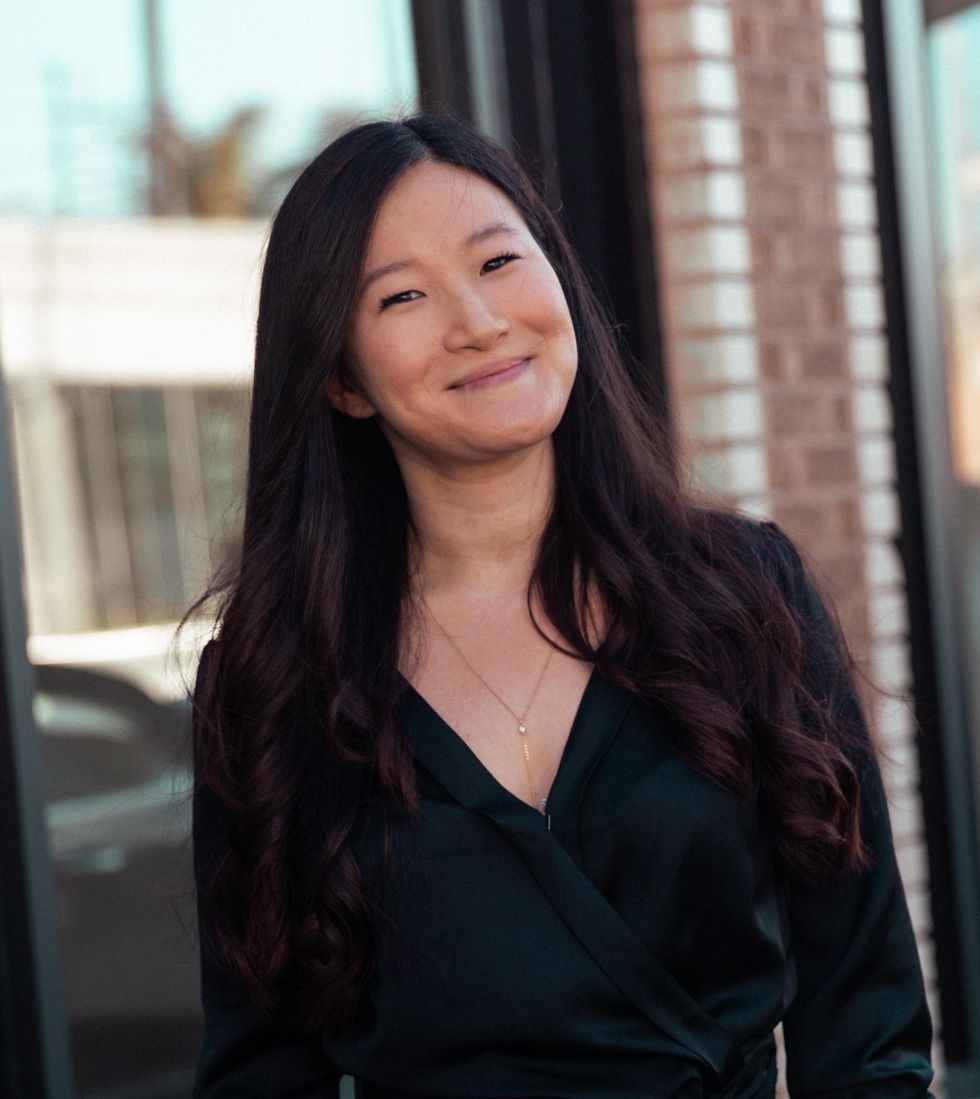
Rachel Lee
Co-Founder and CEO of PRISM Co., a company that creates radically functional bags and accessories with a mission to make the world a better place through sustainability and fair labor.
How I Acquired My First Customers: We have found success through partnerships with similar brands that align with our values, as well as larger companies that have an overlapping target demographic. Engaging in cross-promotions with brands that are in a similar stage or share the same vertical will help you reach people outside of your immediate network. This method was highly effective for our company because it helped us grow our supporter base and increased interest in our products.
My Advice: Having a versatile pitch email or blurb about your company that you can tailor to different occasions can take you a long way. Customer acquisition is a steady, long-term play. Consistency and persistence is key to building an engaged and excited audience around your brand that converts.
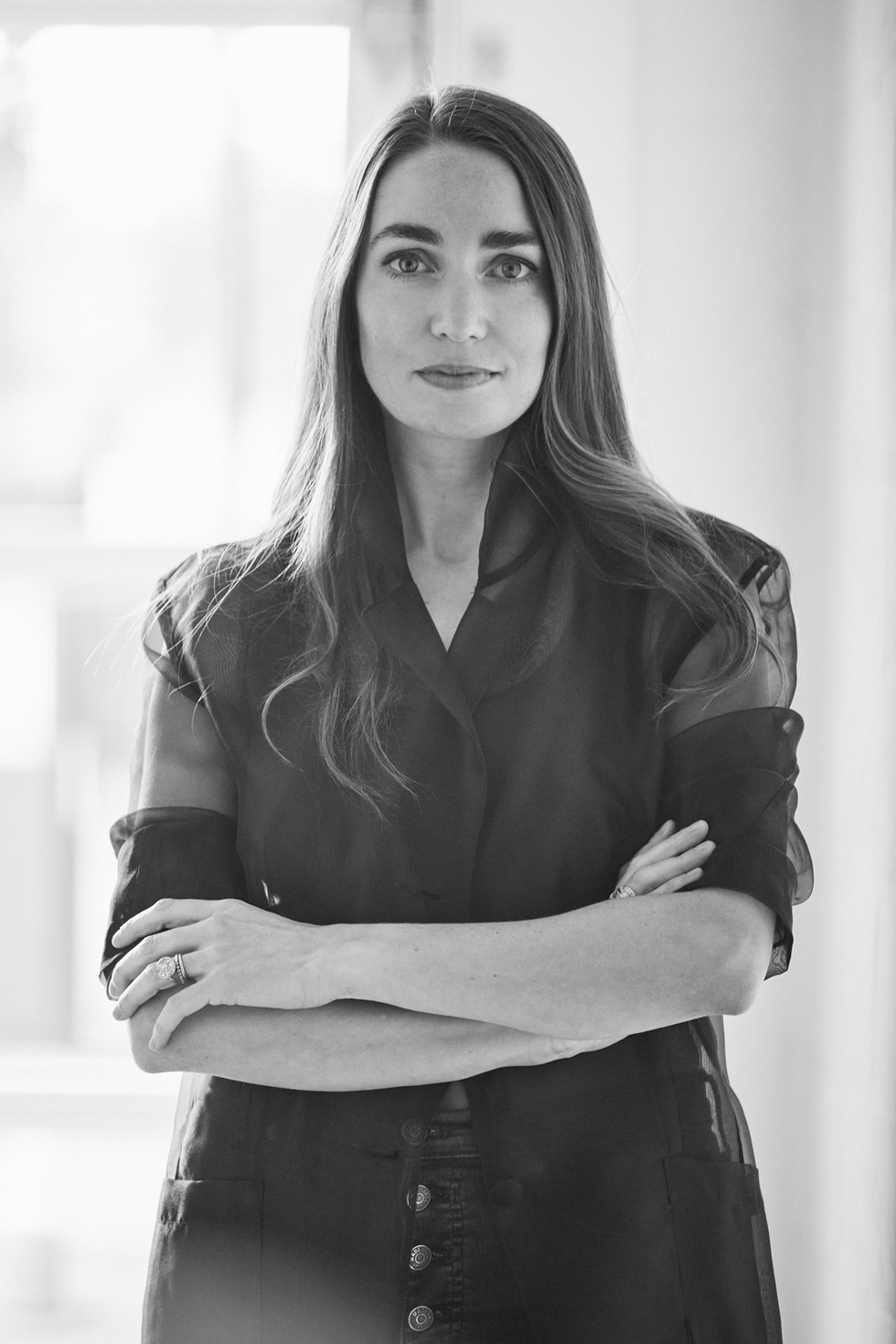
Katie Irving
Founder and CEO of Moonshot, an insight agency that uncovers the trend, culture, and mindset of the world's most powerful generations: Gen Z and Gen Alpha.
How I Acquired My First Customers: I created a free, downloadable report that covers the changes being driven by youth culture over the next decade. After promoting the report on the usual channels, I sent it along with a personalized email to the top connections in my network. This return rate on these emails was massive, landed me meetings with top brands, and resulted in two new clients in one week.
My Advice: Create a piece of content that is high value to your customer base and communicates the unique services that you offer. When promoting content, don't overlook the power of a friendly, personalized email to your top connections. Take the time to connect with people while creating value for them.
Angelina Handayani
Founder of Mahisi, a fashion brand that focuses on ethically made dresses using deadstock fabrics.
How I Acquired My First Customers: One useful method to acquire my first customers was being active on Pinterest. It is a powerful search engine, which I didn't even realize until last year, when I re-launched my business. I started creating pins that were valuable to my target market, offering styling tips and fashion insights without even mentioning my products. This strategy worked so well in driving traffic to my website. It was simple and I didn't have to spend money on ads.
My Advice: Make sure you know your target customers very well. Create an avatar of your ideal person and think about how your products can solve his or her pain points. Finally, you'll want to communicate that solution very clearly so he or she connects with you.

Meredith Reed
Co-Founder of MeLo Studio, a creative agency specializing in content strategies that drive organic business growth.
How I Acquired My First Customers: One surprisingly cheap method we used to acquire our first few customers was searching through remote job listings on sites like AngelList. When we found job descriptions that aligned with our agency's expertise, we sent a message offering to handle the role through our agency instead. Figuring out where to find people who were already looking for the services we had to offer was a winning strategy that enabled us to connect with our first few customers.
My Advice: If you're having trouble acquiring your first few customers, remember to channel the power of vulnerability and creativity. The most obvious strategies are not always the most effective. Most importantly, don't wait for your customer to find you. Seek out potential customers who are already in a position to be interested in your business and reach out.

Marianna Sachse
Founder of Jackalo, a circular children's wear brand that makes long-lasting, sustainable play clothes, then buys them back when they are outgrown.
How I Acquired My First Customers: I was featured as a guest on podcasts. I pitched a bunch of podcasts geared at mothers to tell not just my business story, but the bigger picture. This introduced me to a lot of people, got me comfortable speaking about the brand and helped humanize what I was doing.
My Advice: Stay human. People buy from people, not monoliths. Tell your story in a human way and the right customers will connect with it.
All individuals featured in this article are members of Dreamers & Doers, a private collective that amplifies the entrepreneurial pursuits of extraordinary women through thought leadership opportunities, authentic connection, and access. Learn more about Dreamers & Doers and subscribe to their monthly The Digest for top entrepreneurial and career resources.
Want to take your business to the next level? Learn more about Brit + Co's Selfmade online business course.





